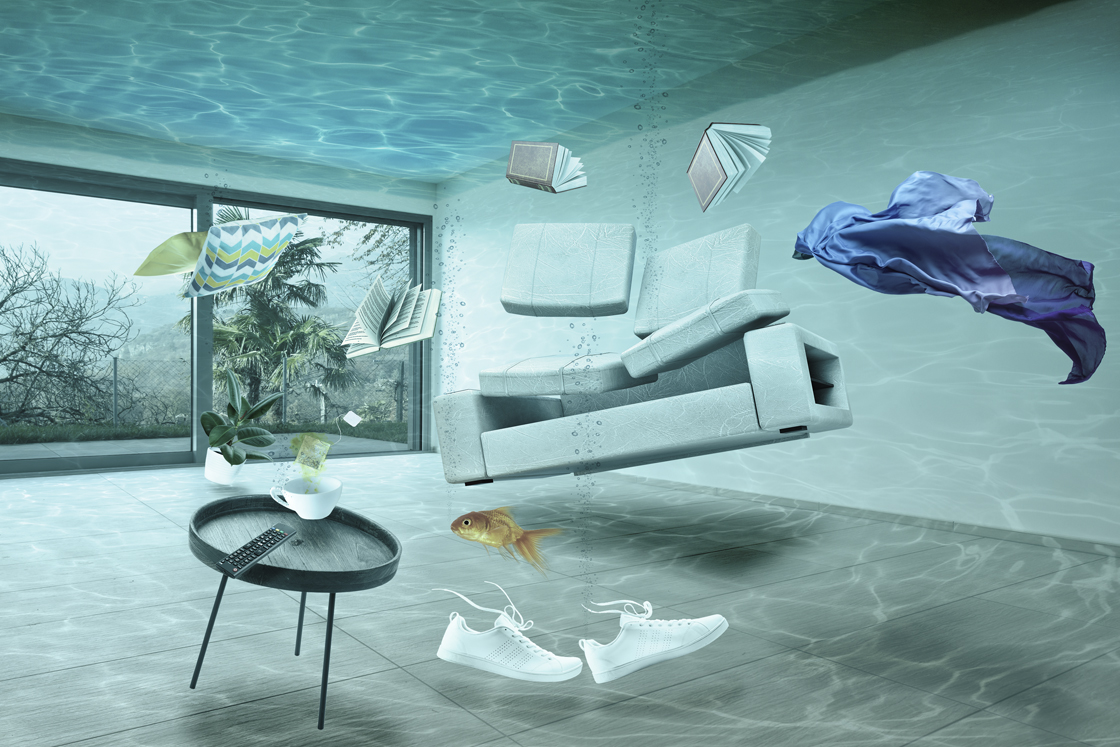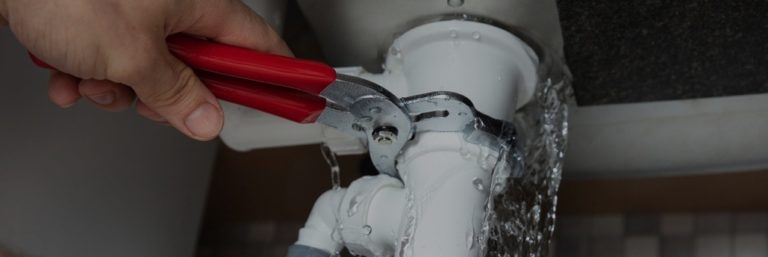Almost everyone has their own idea when it comes to Top leak detection hacks.

Early discovery of leaking water lines can alleviate a prospective catastrophe. Some small water leaks might not be visible.
1. Examine the Water Meter
Examining it is a surefire means that aids you find leakages. If it moves, that suggests a fast-moving leak. This suggests you may have a slow leakage that might even be below ground.
2. Check Water Intake
Analyze your water expenses and also track your water usage. As the one paying it, you should observe if there are any disparities. If you identify sudden changes, regardless of your intake being the same, it implies that you have leakages in your plumbing system. Bear in mind, your water costs need to fall under the very same array monthly. An abrupt spike in your costs shows a fast-moving leak.
On the other hand, a stable rise every month, despite the same habits, shows you have a sluggish leak that's additionally slowly intensifying. Call a plumber to thoroughly check your building, especially if you really feel a cozy location on your floor with piping below.
3. Do a Food Coloring Test
When it pertains to water consumption, 30% comes from commodes. Examination to see if they are running correctly. Decline specks of food shade in the tank and wait 10 minutes. If the shade in some way infiltrates your bowl throughout that time without flushing, there's a leakage between the storage tank as well as dish.
4. Asses Exterior Lines
Don't fail to remember to inspect your outdoor water lines also. Examination faucets by connecting a yard hose. Must water permeate out of the connection, you have a loosened rubber gasket. Change this and also make sure all links are tight. It will assist obtain it professionally checked out as well as preserved annually if you have actually got a sprinkler system. One small leak can waste tons of water and also surge your water expense.
5. Examine the scenario and examine
Home owners should make it a behavior to check under the sink counters as well as even inside cupboards for any kind of bad odor or mold development. These two red flags suggest a leak so prompt interest is required. Doing regular assessments, also bi-annually, can conserve you from a major problem.
If you recognize your house is currently old, maintain a watchful eye on your heating systems, pipes, pipelines etc. Check for discolorations and damaging as most devices as well as pipelines have a life span. They will certainly additionally normally deteriorate due to tear and also wear. Don't wait for it to intensify if you think leaking water lines in your plumbing system. Call a professional plumber as soon as possible so you do not end up with an awful mess in your home.
Early detection of leaking water lines can reduce a possible catastrophe. Some small water leakages may not be visible. Examining it is a surefire method that helps you find leaks. One small leakage can lose loads of water as well as spike your water expense.
If you suspect leaking water lines in your plumbing system, don't wait for it to rise.
WARNING SIGNS OF WATER LEAKAGE BEHIND THE WALL
PERSISTENT MUSTY ODORS
As water slowly drips from a leaky pipe inside the wall, flooring and sheetrock stay damp and develop an odor similar to wet cardboard. It generates a musty smell that can help you find hidden leaks.
MOLD IN UNUSUAL AREAS
Mold usually grows in wet areas like kitchens, baths and laundry rooms. If you spot the stuff on walls or baseboards in other rooms of the house, it’s a good indicator of undetected water leaks.
STAINS THAT GROW
When mold thrives around a leaky pipe, it sometimes takes hold on the inside surface of the affected wall. A growing stain on otherwise clean sheetrock is often your sign of a hidden plumbing problem.
PEELING OR BUBBLING WALLPAPER / PAINT
This clue is easy to miss in rooms that don’t get much use. When you see wallpaper separating along seams or paint bubbling or flaking off the wall, blame sheetrock that stays wet because of an undetected leak.
BUCKLED CEILINGS AND STAINED FLOORS
If ceilings or floors in bathrooms, kitchens or laundry areas develop structural problems, don’t rule out constant damp inside the walls. Wet sheetrock can affect adjacent framing, flooring and ceilings.
https://www.servicemasterbyzaba.com/blog/how-to-detect-water-leakage-in-walls/

Hopefully you enjoyed our part about Finding hidden leaks. Thanks for taking time to browse our posting. I beg you take the opportunity to share this blog post if you appreciated it. Thank you for going through it.